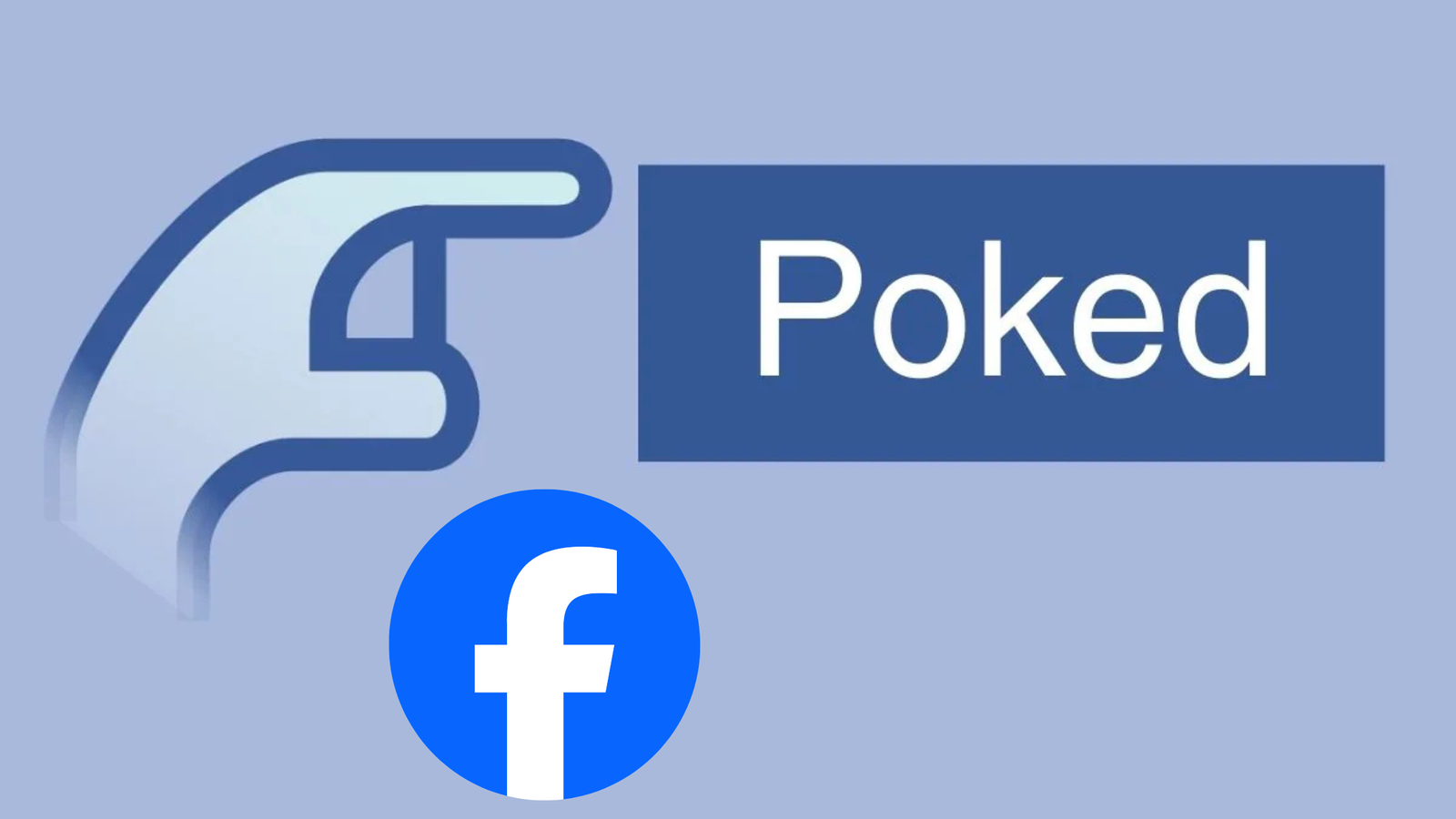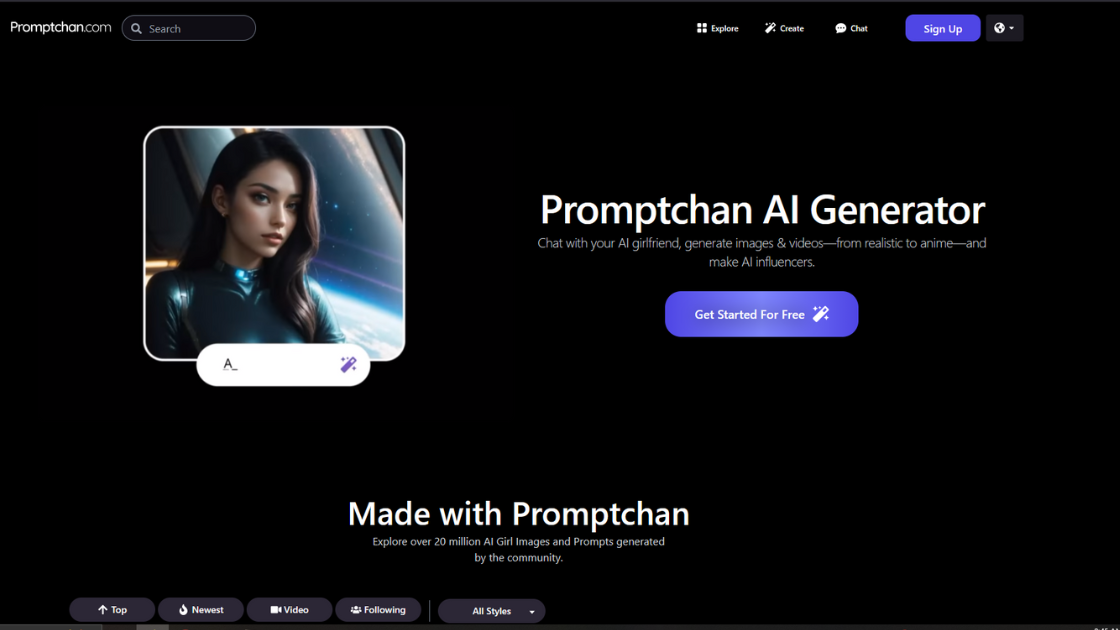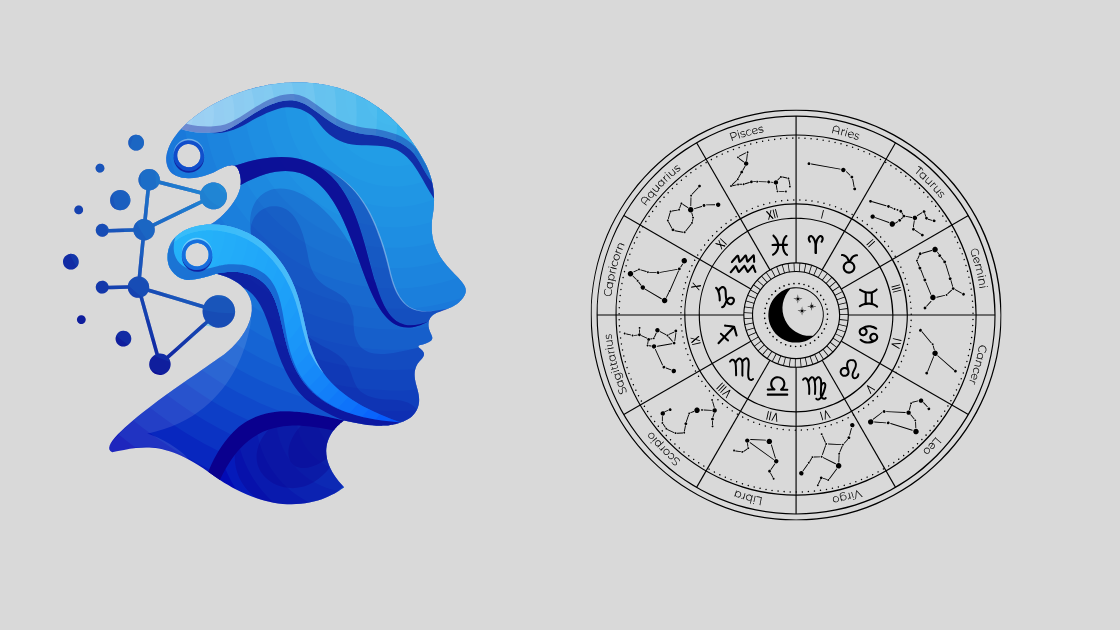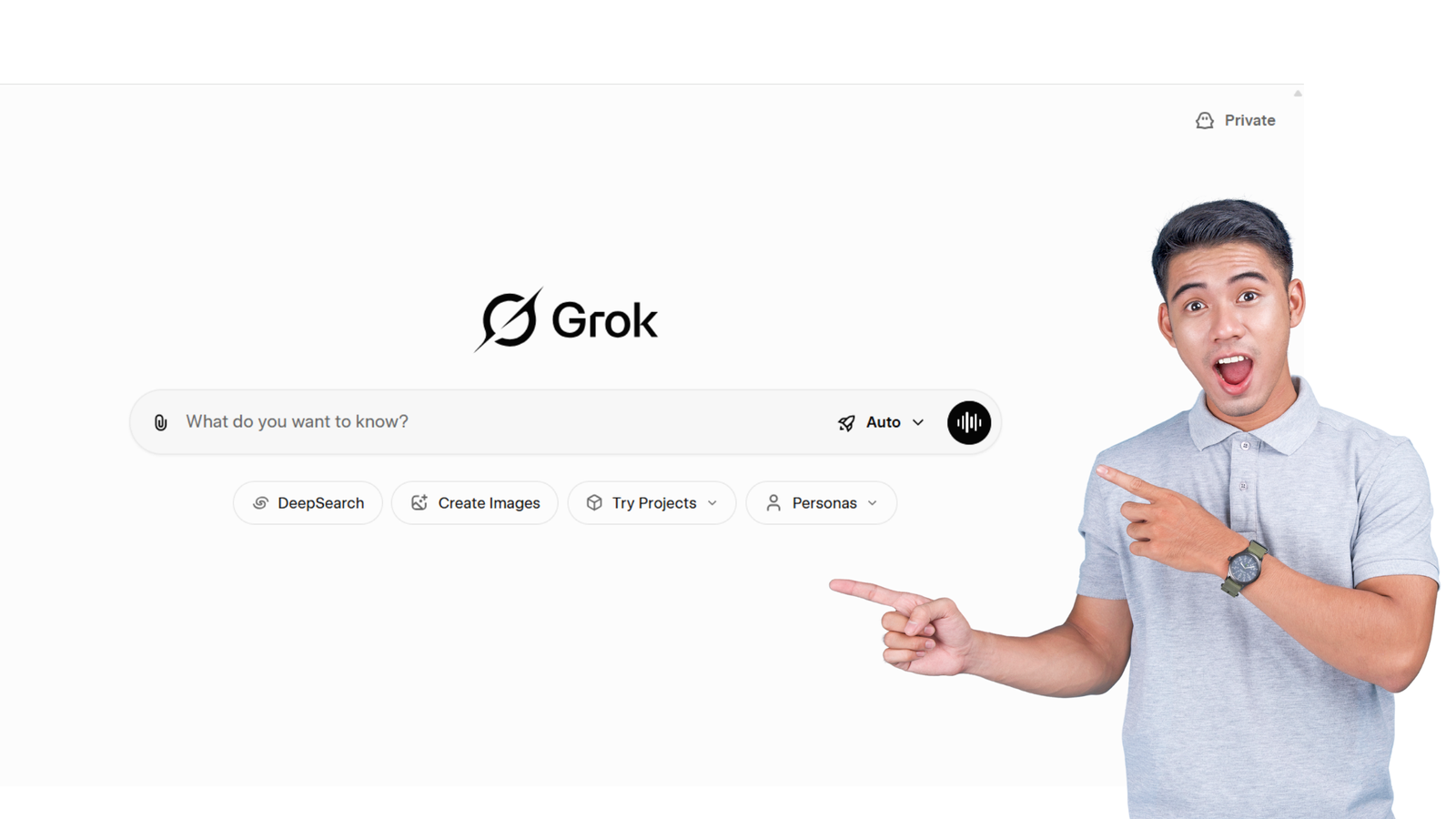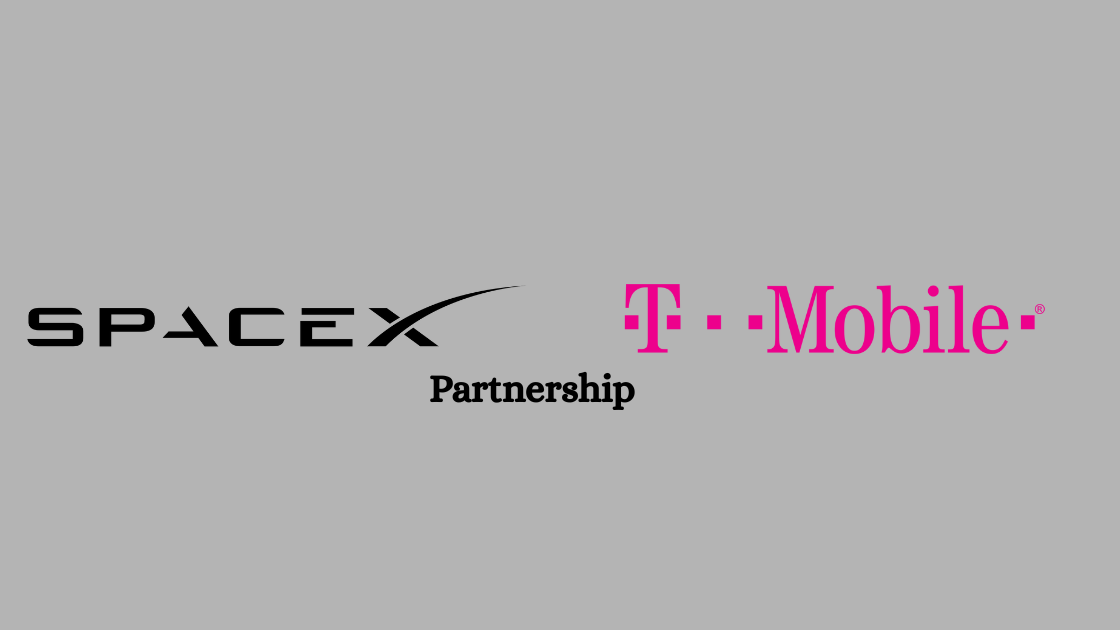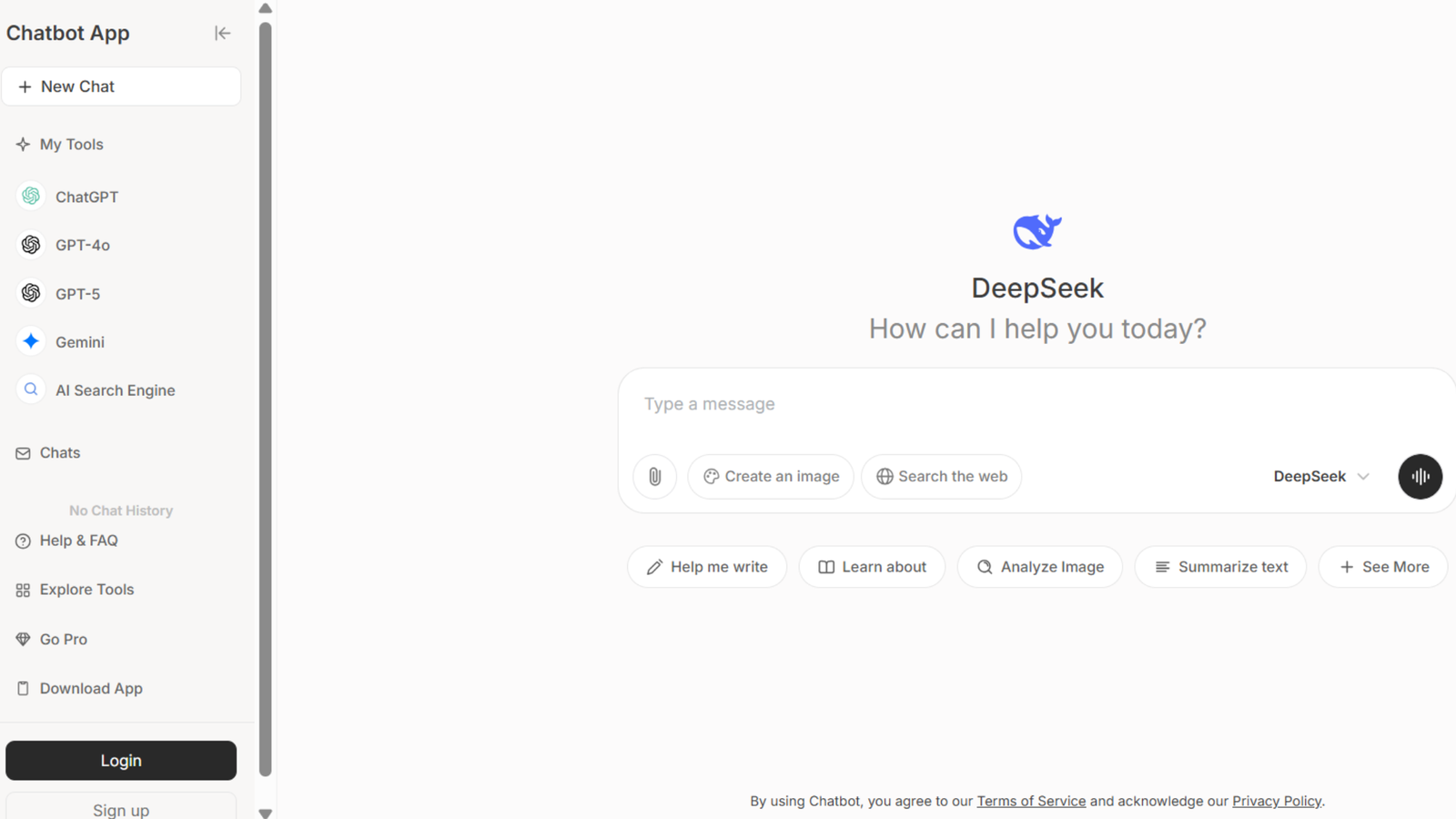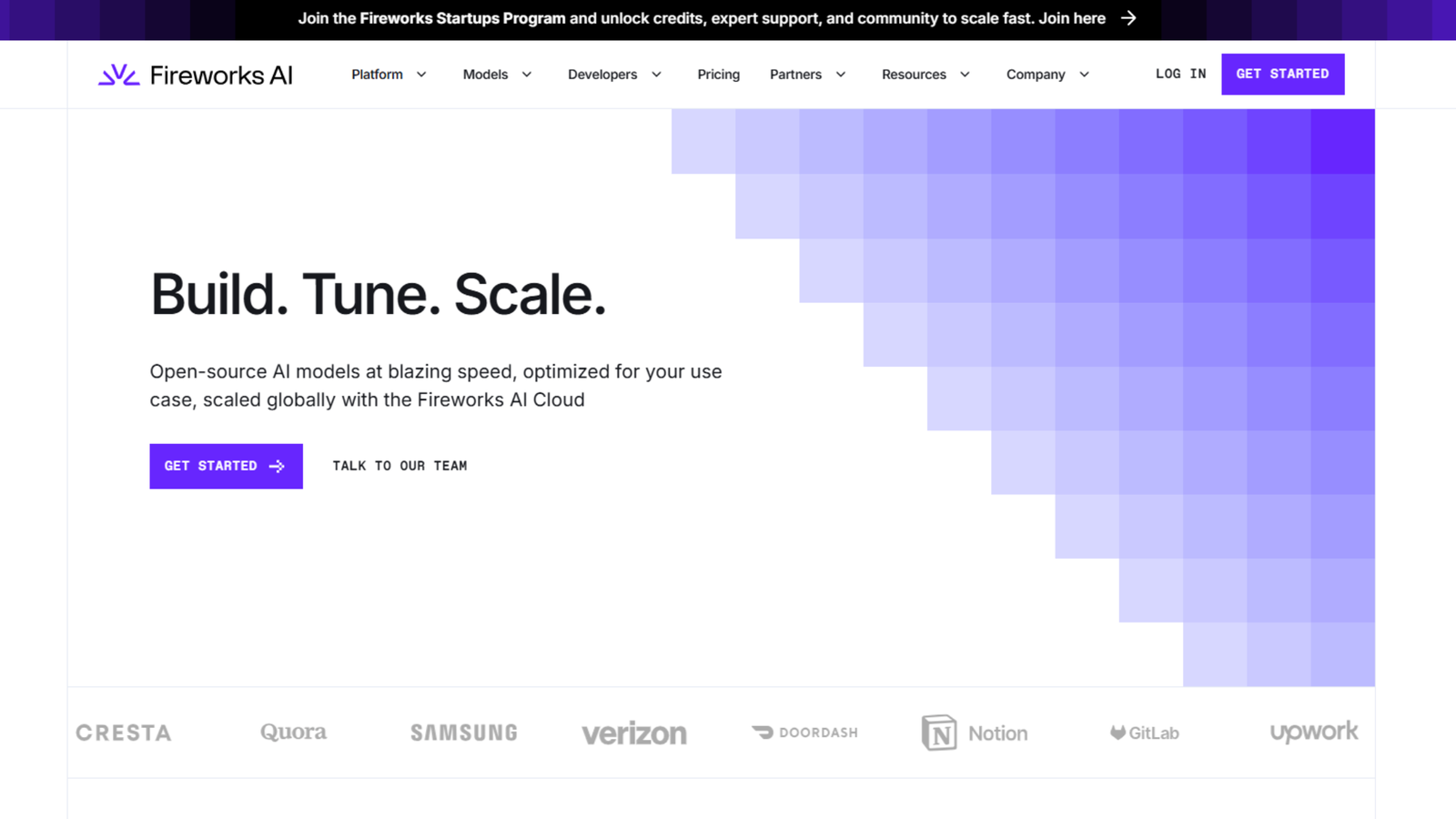The Facebook Poke could have been an insignificant event in social media history. What made the poke so much fun and mysterious when Facebook was originally launched was that it was another way of saying goodbye, flirting, or just attracting some attention without necessarily saying a word. That is why it became one of the first tools of connection and curiosity on the platform. With time, it diminished, and its impact is still present. This aspect made us learn the importance of basic gestures, building solid digital relationships, and long-term memories on the internet.
What is Facebook Poke?
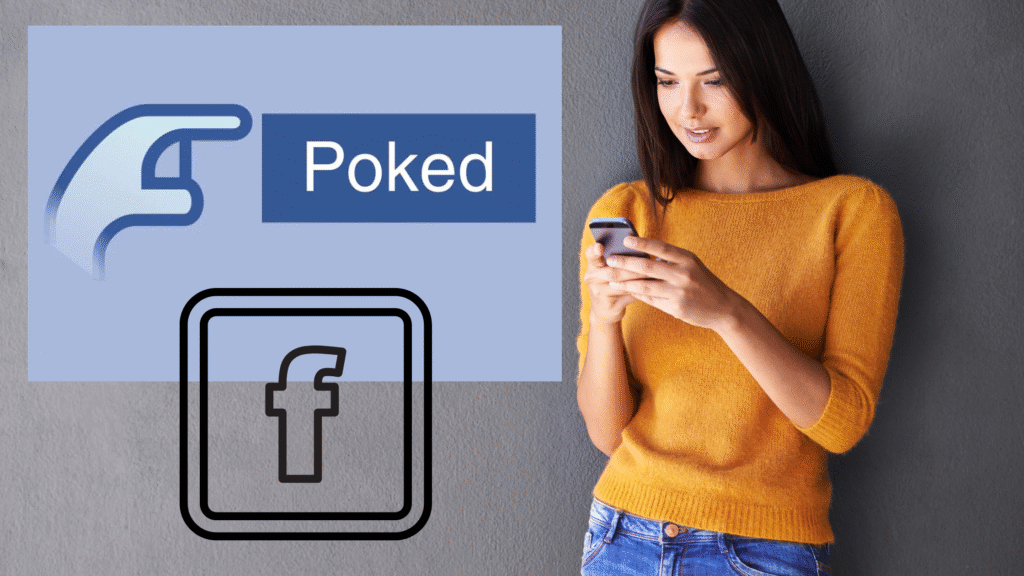
Facebook Poke was a little online goodwill that was used to say good morning, to show interest, or to remind someone you are there. Its meaning was not specific, and it was entertaining and enigmatic. It was very common, and people flirted, reconnected, or began a conversation. One of the first Facebook methods that made interaction light and human was the poke. It demonstrated that a mere tap of the button could produce emotional responses and initiate social connections on an online platform.
The Rise of the Poke Feature?
At the inception of Facebook, poke became trendy since it was fresh and funny. The people did not have to write anything; all they had to do was send someone a poke to prove that they were paying attention to them. It was used as a means of communicating with friends, crushes, or family. Facebook’s early users enjoyed the fact that it was easy but entertaining. The poke signified the way social media left people wondering about one another, and added adrenaline to internet interaction when communicating online felt new and intimate.
What is the story behind the inclusion of the poke feature in Facebook user interaction?
Many early users developed the poke habit. It was a simple means of breaking the ice, cracking jokes with your friends, or even reminding somebody that you thought of him or her. Instead of using messages, people used it since it was more rapid and light. This was also more interesting since the poke had some mystery; was it a flirt, a joke, or even fun? It was popular due to its versatility. It demonstrated that social interactions could be big by using small gestures online.
Trends and Keywords: Dating Poke on Facebook?

The poke was one of the most searched features on Facebook at the time it was at its peak. Meanings sought by people included, What does poke mean? Or why was I poked? These searches later subsided with a loss of interest. Trends surrounding the poke are currently largely nostalgic, with consumers going back to the days of Facebook. This transformation indicates the changes in online behaviors. Although poke is not a trend nowadays, it is a keyword that makes people recall the simpler days of social media.
Social Effect of the Facebook Poke?
The poke served to make Facebook personal. It indicated that people desired playful and emotional relationships even online. To some, it was a kindness, to others a coyness. It facilitated interactions without words and made its users feel closer to others. The poke assisted in influencing online behavior, as it made communication fast, entertaining, and emotional. It lost its popularity but still has an impact on the way people express similar emotions using emojis, likes, and reactions.
The effect of the feature on users and social conventions on the site?
The poke altered the behavior of online users. It promoted brief and informal communications that did not require textual communication. Individuals have to know how to show interest or friendship in a single press of a button. It also introduced new social meanings to be poked by someone might be friendly or romantic, depending on the situation. This quippy interaction formed the Facebook culture in its early days. It demonstrated that social media was not only useful in terms of information but also in emotional bonds, amusement, and daily digital emotions between users.
The Poke Revival and Reworking in the New Social Media?
If the poke came back today, it would probably be updated with animated features, emojis, or sounds. Users of social media now have the privileges of having expressive features such as GIFs, along with reactions that resemble pokes. The concept of a tiny digital push is still present in applications such as Snapchat and Instagram. The reintroduction of the poke might help to put users back to their childhood fun on the internet and redesign it with a new look. It could also be a cordial, rapid, and fun interaction style.
What is the evolution of social media sites to cope with the new trends and user preferences?
The social media platforms continually evolve depending on what the users prefer. To remain relevant, they follow trends, emotions, and engagement habits. The reason why the poke vanished is that users enjoyed more expressive functions, such as reactions, stickers, or stories. This development indicates that platforms have to monitor user behavior and change rapidly. Good social media businesses are creative and at the same time maintain fun and connection. The case of the poke teaches that it is important to be flexible to succeed digitally in the long run and engage with the audience.
Will the poke come in as a new language of interaction in the age of emojis, GIFs, and memes?
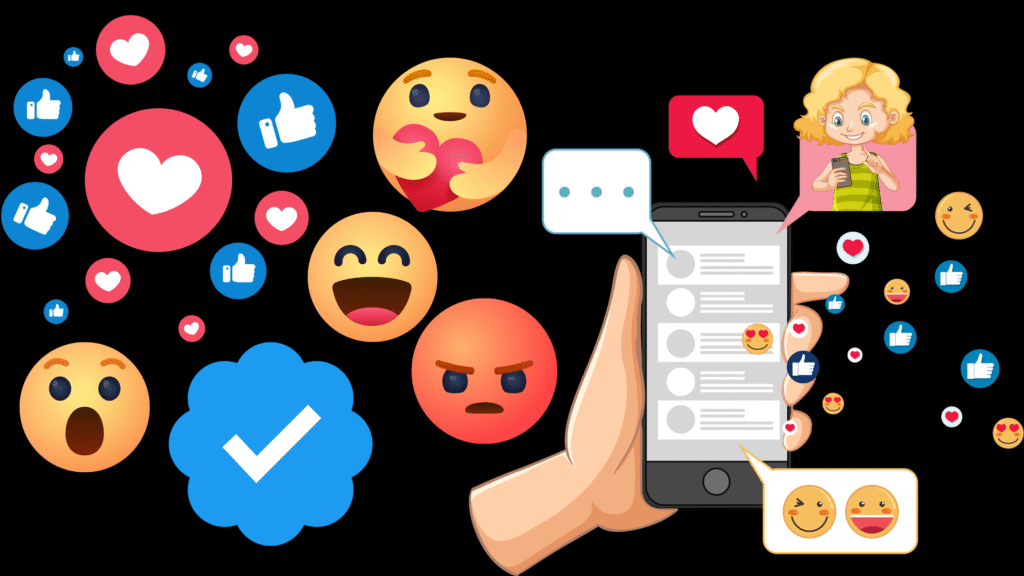
Yes, the poke might come round in a new artistic form. Users of today are fond of expressive and pictorial communication. The modern online culture may be well-suited to the redesigned poke with emojis or GIFs. It might turn into a new means of expression without words, friendly, funny, or flirtatious. Vehicles usually reinvent ancient notions. Therefore, a poke nowadays might be a nostalgic but exciting revival, providing users with a simple, personal, and memorable connection method again.
Lessons from the Poke for Social Media Platforms
The poke shows that basic concepts can form powerful emotional bonds. But to live, they are forced to develop. The culture of a platform can be a trivial thing as long as it is personal and human. But as users change, so must features. The story of the poke tells platforms to strike a balance between fun and innovation. It also demonstrates that it is important to listen to the preferences of the users and make the interaction relevant to remain relevant in the constantly evolving digital world.
What can the rise and fall of the poke teach us about the lifespan of social media features?
The life of the poke demonstrates that nothing is eternal. Each tool has a peak of popularity, and it is later replaced by the other. The outmoded functionality is losing its appeal as the online behavior of people evolves. The emergence and decline of the poke is testimony to the fact that features of social media should constantly be renewed or recreated. It is the cycle of nature, innovation, popularity, decline, and replacement. Sites that embrace this loop and continue to innovate can remain ahead in the digital game that is changing at a rapid pace.
How do social media companies balance nostalgia with modernization?
Nostalgia can be used by social media companies to reach old users, and they need to present new and thrilling experiences as well. Individuals are fond of remembering the ancient features, such as the poke, but they are also demanding new updates. It is the combination of the two that will be the best method, bringing back the familiar things in new ways. This compromise ensures that the users remain emotionally attached as they feed their innovation craving. The nostalgia has the potential to capture the attention; however, modernization has the potential to keep the users active and loyal in the long run.
The Future of Social Media Interactions
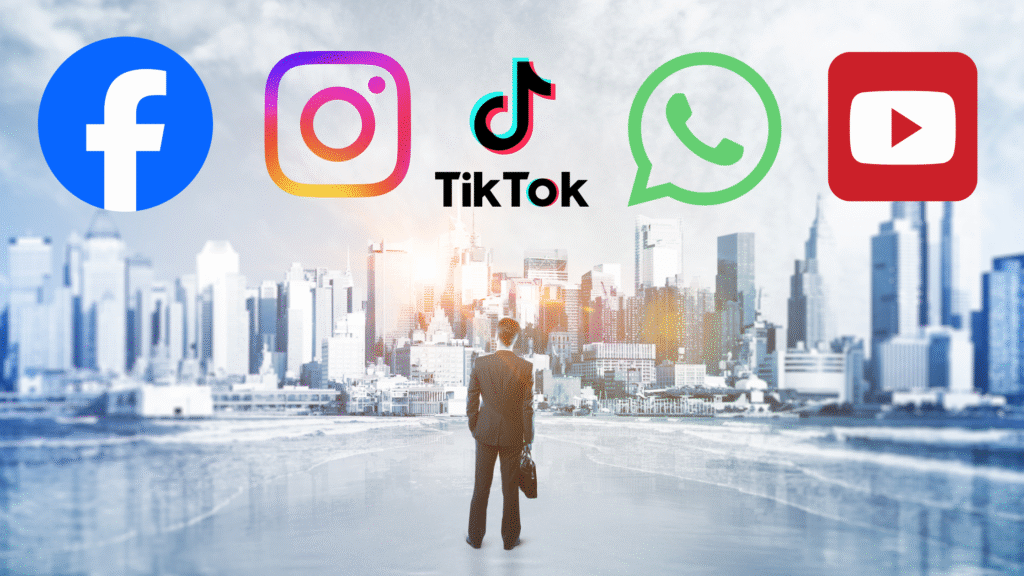
Emergence of Immersive Experiences:
Social media in the future will not be limited to text and pictures, but will have an immersive experience in both virtual and augmented reality. Users will chat with each other with realistic avatars, go on a virtual tour of digital worlds, and be closer emotionally even though spatially separated, which will create stronger and more significant relationships online.
AI-Driven Personalization:
The development of Artificial Intelligence will determine the way we relate on the Internet, knowing our feelings, interests, and tendencies. It will propose posts, discussions, or friends according to the user’s moods, and the online communication will be smarter, faster, and emotionally engaged with each member of the online world.
Virtual Communication as Human:
Online chatting will be more expressive and realistic with voice-based reactions, motion gestures, and facial recognition. Individuals will express themselves in the form of emotions and physical gestures rather than text, which makes the online realm resemble a face-to-face dialogue with its coziness and naturalness.
Development of the Emotional Expression:
GIFs, stickers, and emojis will be more interactive and personal. Users can create emotional reactions with animations, sound, or even mini holograms and make online expressions a living, artistic experience that represents real human feelings in the digital age.
Privacy and Digital Well-Being:
With the increasing technology, social media will pay more attention to safety and emotional health. Platforms will present healthier usage solutions, restrict toxic materials, and encourage mindful communication, which will ensure that social ties remain positive, safe, and constructive to the mental stability of each user.
The role of AI, augmented reality AR and virtual reality VR in reshaping social media engagement?
Social media in the future is going to be more emotionally involved. Users may transmit responses in voice tones or computer gestures, or even facial cues, instead of text. AI will facilitate the anticipation of emotions and the proposal of individual interactions. AR and VR technology would allow friends to digitally hang out. Such tools will bring a more natural and creative communication. The future tools will bring it even more human-like, just as the poke had done.
How will AI, augmented reality (AR), and virtual reality (VR) transform social media engagement?
AI, AR, and VR are altering our online interaction. AI can detect feelings and suggest communication improvements. AR puts fun filters and effects in the messages to make them animated, and VR enables users to meet and communicate in full virtual environments. These devices make people closer, even distant. They make Internet communications to be real, personal, and exuberant. The spirit of playful connection that the poke has is now being transpired by these advanced interactive technologies.
How new forms of communication could replace or build upon the legacy of features like the poke?
The reactions, stickers, memes, and short videos that are a tribute to the simplicity of the poke have found their way into the modern world of communication. Those tools allow individuals to share emotions in real-time. Rather than clicking poke, there are hundreds of creative options for saying hello, flirting, or sharing fun moments. These gestures were enriched by technology, but still, the meaning is the same: a quick emotional connection. The legacy of the poke is still present in the form of the modern digital form of communication through the use of playful and visual styles.
Conclusion
Facebook poke might be little, but it had a great influence in defining online communication. It demonstrated the desires of people to connect, have fun, and feel in the online environment. The poke has followed the same pattern of development as social media, from its emergence to its demise. Its playful spirit is found now in emojis, memes, and reactions. The tale of the poke teaches us that technology can transform, but the desire of people to be connected will never vanish.

